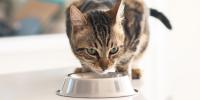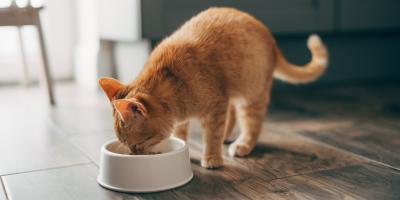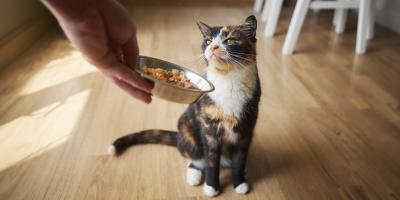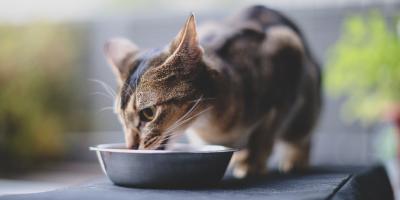Unmasking Misinformation: Before You Change Your Cat’s Food Make Sure You’ve Done Your Research

Thinking about switching your cat’s food? While a food change might address your cat’s pickiness or cater to their age, such as transitioning from kitten to cat food, navigating the online world of cat food can be tricky. Unfounded rumors can lead to unnecessary dietary changes, potentially causing more harm than good.
This guide equips you with the tools to be a discerning pet parent and make informed decisions that keep your cat healthy.
The Internet: A Double-Edged Sword
The internet offers a vast amount of information, but it’s also a haven for misinformation, especially on social media. You might stumble upon a concerning post about a particular cat food brand, leading to confusion and worry. Remember, these claims may not be based on facts.
Critical Thinking for Smarter Cat Food Choices
To ensure you’re getting reliable information:
- Source Check: Who wrote the information? Are they a pet expert such as a veterinarian, or a credentialed nutritionist, or are they someone with a personal interest in selling a specific product?
- Credentials Matter: Look for authors with qualifications in animal nutrition.
- Science-Based Sources: Reputable information is backed by research and includes scientific references you can check.
- Contact the Manufacturer: When you contact the manufacturer they can answer questions and address concerns.
Here Are Reliable Resources to Be an Informed Cat Owner:
- Food & Drug Administration (FDA): The FDA safeguards pet food safety in the US. Their website offers trustworthy articles, resources, and the latest recall information.
- American Association of Feed Control Officials (AAFCO): AAFCO – sets standards for pet food in the US. Their consumer page equips you to decipher labels, choose the right food, understand ingredients, and know what to do if your cat gets sick.
When to Call Your Veterinarian
The occasional hairball or digestive hiccup isn’t a major concern, however, you should consult your veterinarian if your cat’s digestive issues persist or are accompanied by other clinical signs:
- Blood in the vomit or diarrhea
- Dehydration
- Loss of appetite
- Decreased water intake
- Loss of weight
- Lethargy or depression
- Pain or discomfort
Remember, changing your cat’s food should be a gradual process, ideally over a 7 to 10 day period. You can also reach out to your veterinarian for guidance. Don’t let the internet dictate your cat’s dietary choices. By being a critical thinker and utilizing reliable resources, you can make informed decisions to keep your cat happy and healthy.
For more expert tips on cat food, explore our other cat feeding articles.
Related articles

Customize Your Pet’s Nutrition
Get a personalized feeding guide for your dog or cat from Purina’s nutrition experts.



